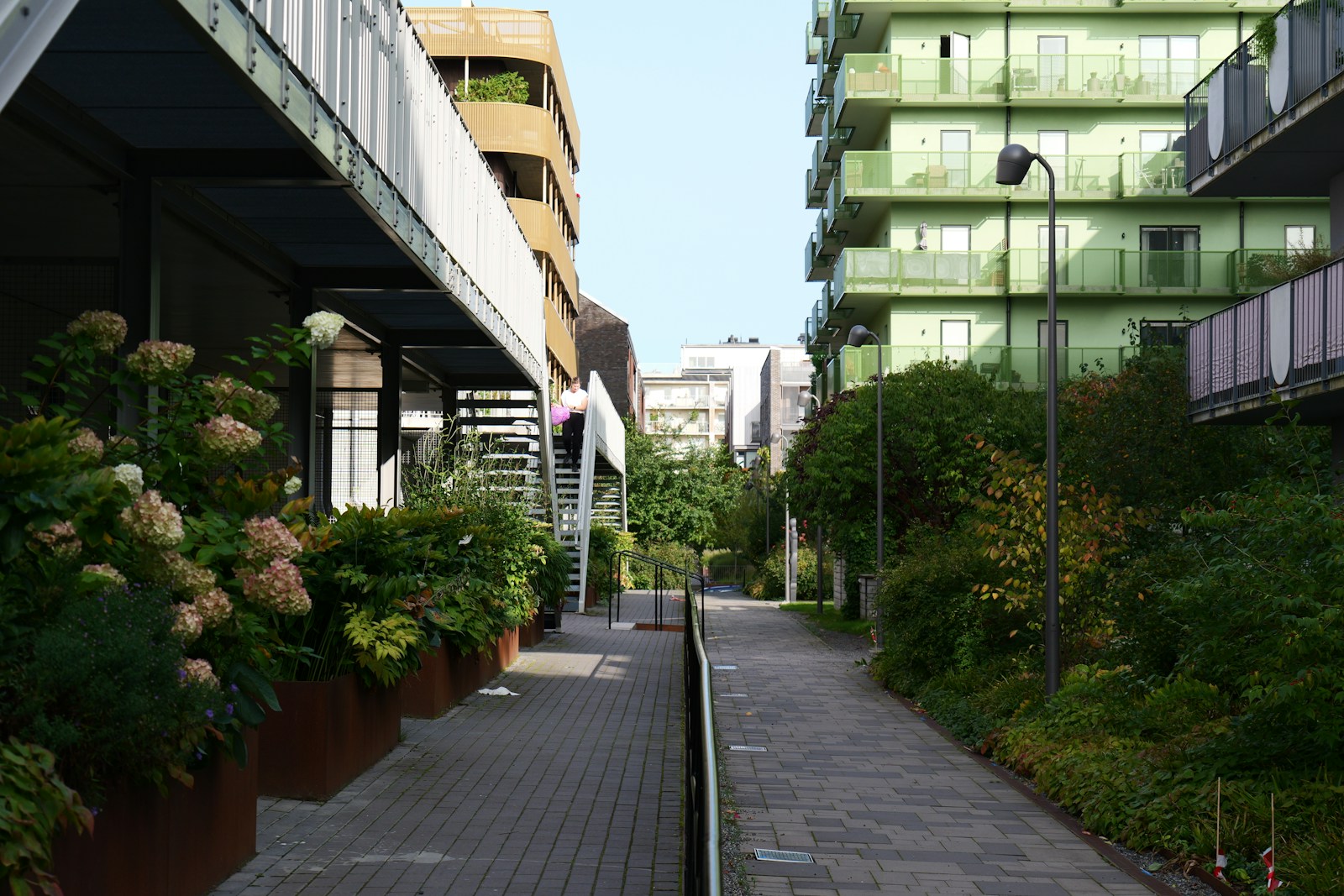In an increasingly urbanized world, the presence and accessibility of urban green spaces—parks, gardens, tree-lined streets, and even community allotments—are proving to be far more than just aesthetic amenities. They are becoming critical infrastructure for fostering mental well-being and building community resilience in our bustling cities. As concrete jungles expand, the subtle yet profound influence of nature within these environments offers a vital counterpoint to the stresses of modern urban living.
The link between exposure to green spaces and improved mental health is well-documented. Studies consistently show that spending time in nature can significantly reduce levels of stress, anxiety, and depression. The calming effect of natural environments, characterized by soft sounds, natural light, and the presence of greenery, provides a restorative escape from the sensory overload and pressures of city life. Regular engagement with these spaces encourages physical activity, which is a known mood booster, and offers opportunities for relaxation and mindfulness. Even a simple view of trees from a window can contribute to a greater sense of well-being and lower reported stress levels among urban dwellers. This direct connection to nature helps to re-ground individuals, fostering a sense of peace and perspective often lost in the urban grind.
Beyond individual mental health, urban green spaces play a crucial role in building community resilience. They act as natural hubs for social interaction, bringing diverse groups of people together in shared, informal settings. Parks often host community events, farmers’ markets, and cultural festivals, which strengthen social ties and foster a sense of belonging. Children find safe places to play and explore, while adults can engage in casual conversations, form friendships, and build support networks. This enhanced social cohesion is a cornerstone of a resilient community, enabling residents to collectively address challenges, support one another during times of crisis, and advocate for shared interests. In an era where social isolation is a growing concern, green spaces offer essential antidotes, cultivating genuine connections that bind a community together.
Furthermore, these green oases contribute to environmental resilience within cities. They help regulate local temperatures, mitigate the urban heat island effect, improve air quality by absorbing pollutants, and manage stormwater runoff, all of which directly impact the health and safety of urban populations. A healthier environment, in turn, contributes to improved mental well-being and a stronger, more adaptable community. Investing in and protecting these spaces is not merely about beautification; it’s a strategic investment in public health, social capital, and ecological stability.
As cities continue to grow, the deliberate integration and equitable distribution of high-quality urban green spaces must become a central tenet of urban planning and policy. Ensuring that all residents, regardless of socioeconomic status, have easy access to these vital resources is key to creating truly healthy, happy, and resilient urban environments for the future.
References:
- Mind.org.uk: The UK mental health charity Mind extensively covers the benefits of nature for mental well-being, providing accessible information and research summaries. https://www.mind.org.uk/information-support/tips-for-everyday-living/nature-and-mental-health/how-nature-benefits-mental-health/
- World Health Organization (WHO): WHO has published various reports and guidelines on urban planning for health, emphasizing the role of green spaces in promoting physical and mental health. https://www.who.int/initiatives/cities-and-health/urban-green-spaces
- The Nature Conservancy: This global environmental organization frequently highlights the critical role of urban nature in addressing climate change, biodiversity loss, and human well-being. https://www.nature.org/en-us/what-we-do/our-insights/perspectives/urban-green-spaces-climate-change-nature-based-solutions/


